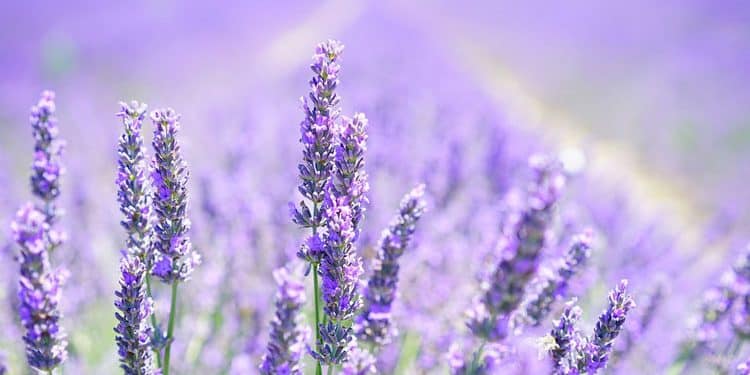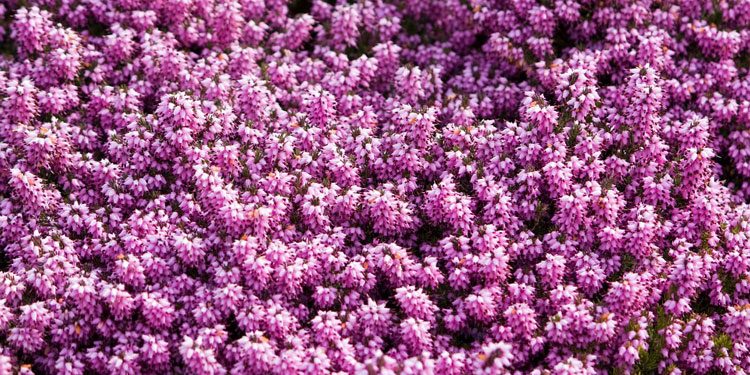Aubrietia – Purple Rock Cress, False Wall Cress – Arabis Early in the Spring, our eyes search for color in the garden. We grow the Rock Cress (Axabis) for white, Golden Alyssum for yellow, and Aubrietia for purple, rose, and […]
Herb Gardening – Harvest, Design, Storing Herbs
The form and size of interest determine the herb garden these plants hold for the individual. It can be a tiny border of commonly used culinary herbs such as mint, parsley, sage, and thyme or an elaborate garden designed to […]
Platycodon – Chinese Balloon Flower, Perennials Guide to Planting Flowers
The Chinese Balloon Flower is very closely allied to the Campanulas. It grows erect and the stems are rigid. The flowers have five petals and open out rather flat, but when in bud they look like inflated balloons, from whence […]
Growing and planting African and French Marigolds
Easily Grown Flowers for Gardens and Greenhouses Marigolds (Tagetes ) are annuals of great decorative value during the summer and autumn months. They are natives of Mexico and South America and belong to the Daisy family, Compositae. The name is […]
Growers Guide for Bird of Paradise Flower
STRELITZIA — Bird of Paradise Flower A group of tender perennial plants, only one of which is commonly grown. This is Strelitzia Reginae, which has large ornamental leaves on long strong petioles (leafstalks), and bears brilliant orange and purple flowers, […]
Growers Guide for Heathers, Erica and Callunas shrubs
Small, hardy, evergreen shrubs which grow wild in many parts of Europe and in a few localities in North America. They belong to the Heath family, Ericaceae. The name is derived from kallunein, to sweep. Branches are used as brooms. […]
Growers Guide for Viola – Perennial Plant
An old Latin name for violet (Violaceae). A genus of some 500 species of hardy perennials, mainly from northern temperate regions, including violas, pansies, and violets, of which there are many hybrids and strains. Species grown today Where to plant […]
How to grow Aquilegia
The flower form resembles an eagle’s claw, hence the probable origin of this name from aquila the Latin for eagle (Ranunculaceae). Columbine. Hardy herbaceous perennials for the herbaceous border and rock garden. The flowers and leaves are very dainty. Unfortunately, […]
Growing Guide for Pyrethrum – Chrysanthemum
From the Greek pyr, fire, probably with reference to fever, since the plant was used medicinally to assuage fever (Compositae). These hardy plants are admirable for a sunny border and last well as cut flowers. Long known as pyrethrum they […]
A Guide to Planting Gaillardia
Commemorating M. Gaillard de Marentonneau, a French patron of botany (Compositae). Blanket flower. A small genus of annuals and perennials, natives of America, with a long flowering period, useful for cutting flowers. Somewhat untidy in habit, the long stalks fall […]










